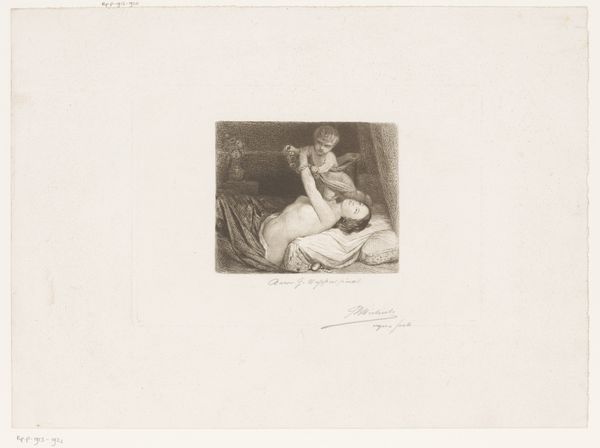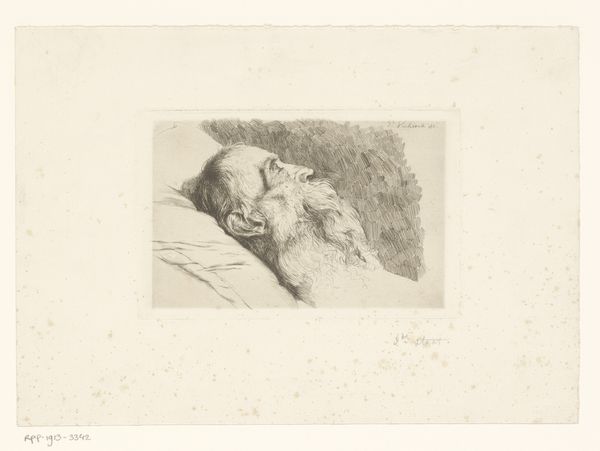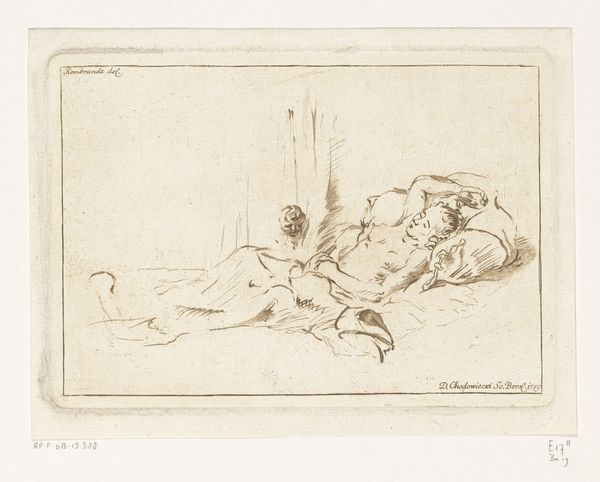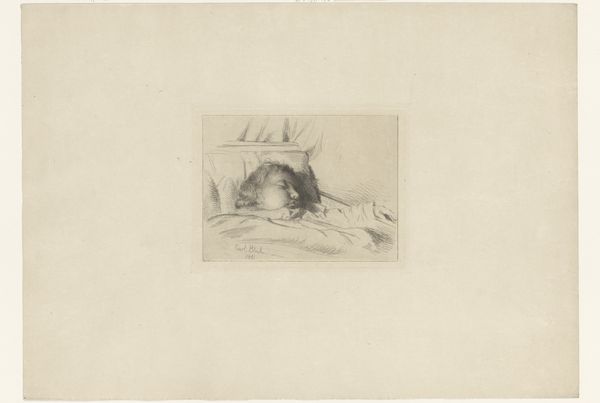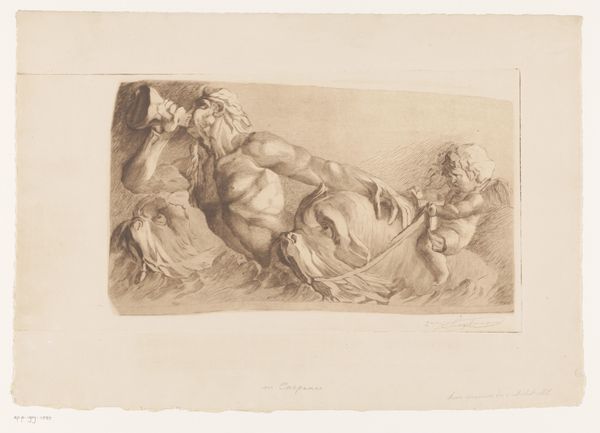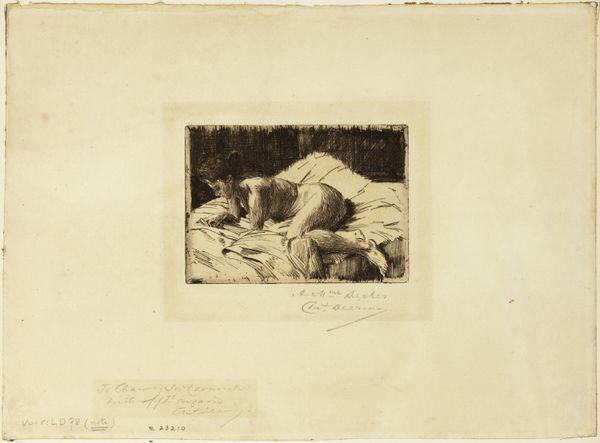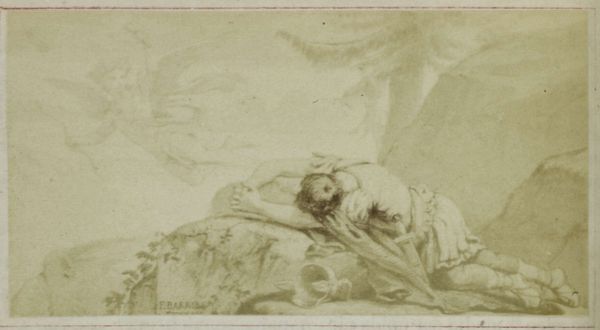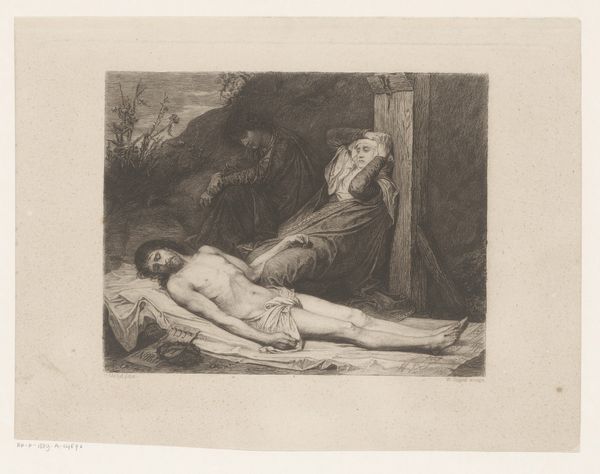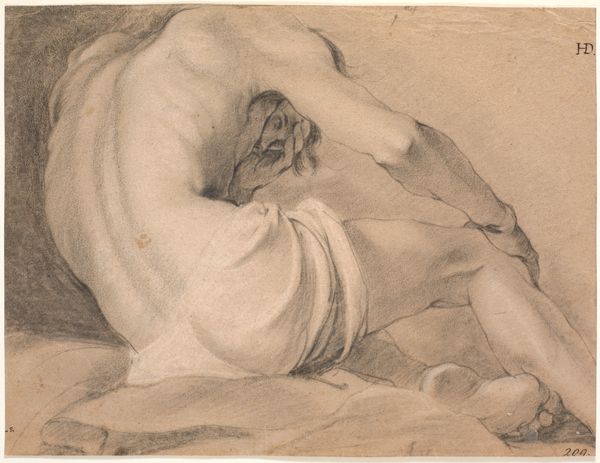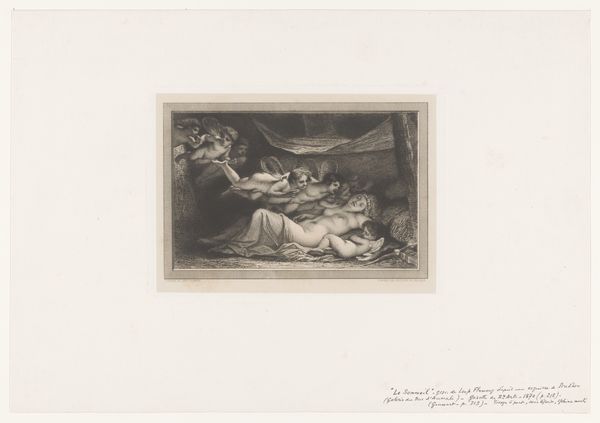
drawing, paper, pencil
#
portrait
#
drawing
#
paper
#
pencil
#
academic-art
#
nude
#
realism
Dimensions: height 235 mm, width 368 mm
Copyright: Rijks Museum: Open Domain
Editor: So, this is "Studie van een liggend mannelijk naakt," or "Study of a Reclining Male Nude," an anonymous drawing from between 1587 and 1640. It's pencil on paper, and what strikes me immediately is the incredibly detailed rendering of the human form with what seems like a relatively simple medium. How does this drawing speak to you? Curator: Well, given my interests, I immediately think about the labour involved. Consider the artist, grinding pigments, preparing the paper, perhaps even making the pencil itself. And what social class might the model have come from? Were they compensated? Editor: That's interesting, I hadn't really thought about the practical aspects of creating a drawing like this. Curator: Exactly! It's easy to get lost in the aesthetics, but think about the patronage system that probably enabled this work. A wealthy individual likely commissioned this. Was this part of an academic study, with a master instructing students? We can’t ignore the power dynamics at play here. Editor: I suppose focusing only on the finished product really obscures that whole background. So the value of the piece isn't just in the artistic skill, but also in the whole process that made it possible. Curator: Precisely. The paper itself – its source, the method of production – can tell us so much about the artistic and economic landscape of the time. Was it locally produced or imported? Its texture and quality would have influenced the artist’s approach as well. Editor: That makes me see this drawing in a totally new light! It’s not just a picture of a nude man; it’s a record of materials, labour, and a particular set of social relations. Curator: Indeed. By thinking about these elements, we can push beyond the surface and understand art as deeply embedded within a material and economic context. Editor: I’ll definitely be thinking about the “stuff” of art a lot more from now on!
Comments
No comments
Be the first to comment and join the conversation on the ultimate creative platform.

